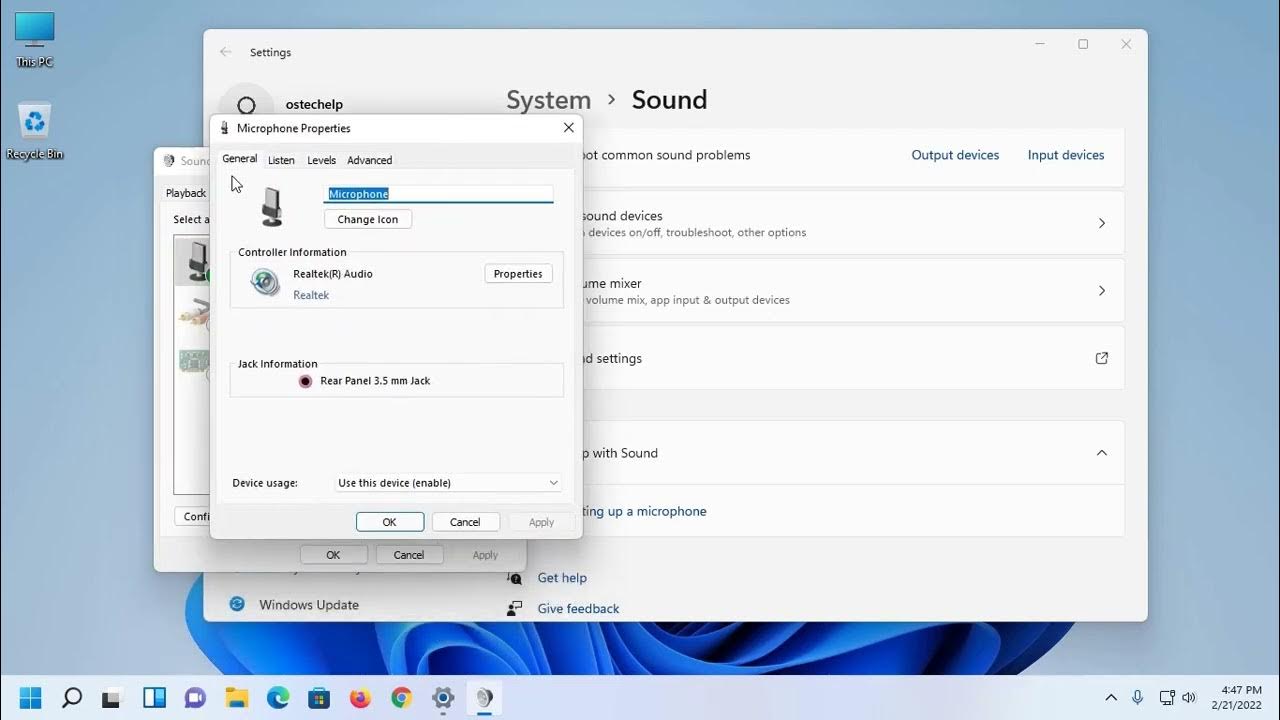How to Record Sitar - Full Episode | Rahul Chatterjee | Daman Sood | Sound Engineering TUTORIALS
Summary
TLDRThis video demonstrates the art of recording a sitar, focusing on different microphone techniques to capture its rich, complex sound. The speaker explains the use of various microphones, including the XY stereo technique, manly microphones focused on the tumba, a royal ribbon mic, and ambient omnidirectional mics placed around the room for natural acoustics. The process emphasizes recording the sitar without any digital manipulation, providing a pure, unaltered sound. Through various microphone combinations, viewers can hear how each setup influences the richness and clarity of the sitar’s tone, showcasing the depth of Indian musical instruments.
Takeaways
- 😀 The sitar is widely recognized as a key symbol of Indian music, with Pandit Ravi Shankar being a prominent figure associated with it.
- 🎶 The sitar features six main strings and sympathetic strings, which create a unique, rich sound.
- 🎤 The demonstration involves using multiple microphone techniques to capture the sitar's sound from different perspectives.
- 🎧 The primary microphone setup includes an XY stereo technique using a KM 184 condenser microphone for clear, balanced recording.
- 🎤 A ribbon microphone is placed at an angle on the right side to capture additional tonal nuances of the sitar.
- 🌐 An omni-directional microphone is placed in the room to capture ambient sound, enhancing the overall richness of the recording.
- 🎶 Special focus is given to the sitar's tumba (resonating body), using a Manley microphone positioned in front of the holes for more depth.
- 🎙️ The recording process avoids post-production manipulation, ensuring that the sound you hear is raw, with no EQ, reverb, or compression applied.
- 🔊 The combination of different microphone setups is key to capturing the full spectrum of the sitar's sound, from direct to ambient and room reflections.
- 📀 The video provides a breakdown of individual tracks using each microphone setup (XY, Manley, Royer, DPA omni, ambient) to showcase their individual impact on the sound.
- 🎧 The listener is encouraged to use high-quality monitors or headphones to experience the full detail of the unprocessed recording.
Q & A
What is the primary purpose of this demonstration?
-The primary purpose of this demonstration is to showcase different microphone techniques used to record the sitar, with an emphasis on how these techniques affect the tonal quality and richness of the sound.
Why is the sitar chosen as the focus of this recording?
-The sitar is chosen because it is one of the most iconic instruments in Indian classical music, and its complex resonance and multiple strings present a challenge and opportunity for capturing detailed, rich audio.
What is the XY stereo technique, and how does it affect the sound recording?
-The XY stereo technique involves using two microphones placed at a 90-degree angle to each other, capturing a stereo image. In this case, KM 184 condenser microphones are used to capture a balanced, natural sound of the sitar, giving it depth and clarity.
What is the role of the ribbon microphone in this recording?
-The ribbon microphone, placed at an angle on the right side of the sitar, adds warmth and depth to the sound, enriching the tonal quality when combined with other microphones in the recording.
What is the significance of the 'manly' microphone in this context?
-The 'manly' microphone is focused on the tumba (the bell-shaped cavity) of the sitar. It captures the low-end resonance and enhances mid-range frequencies, providing a more detailed and fuller representation of the instrument's sound.
Why are omni-directional microphones like the Neumann U87 and DP Omni used in this session?
-Omni-directional microphones like the Neumann U87 and DP Omni are used to capture the ambient sound of the room and the natural reverberations of the sitar. They help to emphasize the spatial quality of the sound and add richness by picking up reflections from the environment.
How does the placement of the microphones affect the final sound of the recording?
-The placement of the microphones directly influences how the sound is captured. For example, close miking with the 'manly' microphone captures more detail from the sitar, while the omni-directional microphones capture the room’s acoustics and add a sense of space. Combining different mic placements allows for a richer, more dynamic recording.
What is the impact of combining different microphone techniques in this recording?
-Combining different microphone techniques allows for the blending of different sonic characteristics. The stereo mic provides a broad sound image, the ribbon mic adds warmth, and the omni mics introduce ambient room reflections. Together, they create a fuller, more immersive sound experience.
Are any post-production manipulations like reverb, EQ, or compression used in this recording?
-No, this recording intentionally avoids any post-production manipulations like reverb, EQ, or compression. The goal is to present the raw, unaltered sound captured directly from the microphones.
What listening setup is recommended for the best experience of this recording?
-For the best listening experience, it is recommended to use high-quality headphones or monitors, as this will allow listeners to appreciate the subtle details and depth captured by the microphones.
Outlines

このセクションは有料ユーザー限定です。 アクセスするには、アップグレードをお願いします。
今すぐアップグレードMindmap

このセクションは有料ユーザー限定です。 アクセスするには、アップグレードをお願いします。
今すぐアップグレードKeywords

このセクションは有料ユーザー限定です。 アクセスするには、アップグレードをお願いします。
今すぐアップグレードHighlights

このセクションは有料ユーザー限定です。 アクセスするには、アップグレードをお願いします。
今すぐアップグレードTranscripts

このセクションは有料ユーザー限定です。 アクセスするには、アップグレードをお願いします。
今すぐアップグレード関連動画をさらに表示

Perekaman Sederhana dengan Aplikasi DAW

The Science of Sound in Film — Film Sound Recording for Beginners

Understanding Signal to Noise ratio. Lesson 7

How Do Microphone Polar Patterns Work? | Cardioid, Supercardioid, Omni, Figure-8, & More

How to Remove Background Noise from Microphone on Windows 11 / 10 | How to Enable Noise Cancellation

Basic Recording Techniques: Brass
5.0 / 5 (0 votes)
